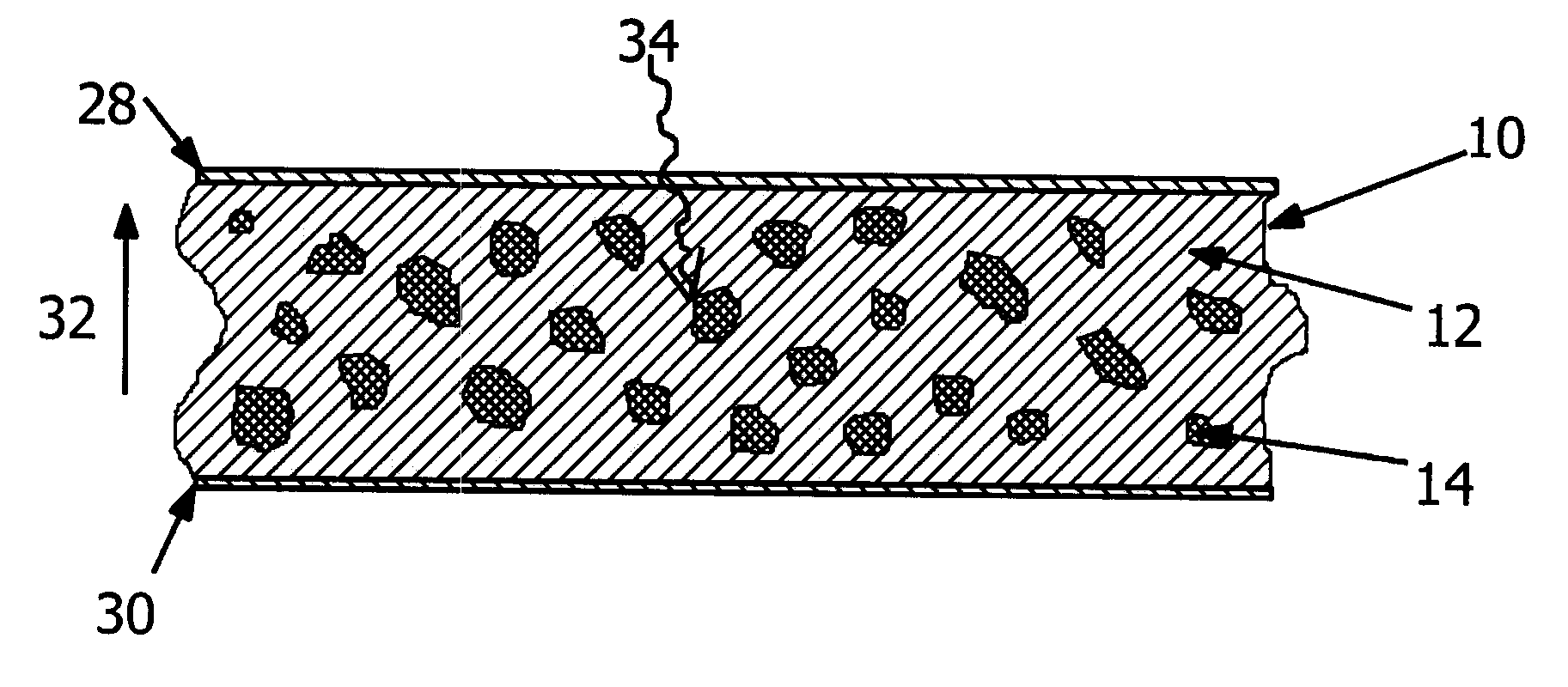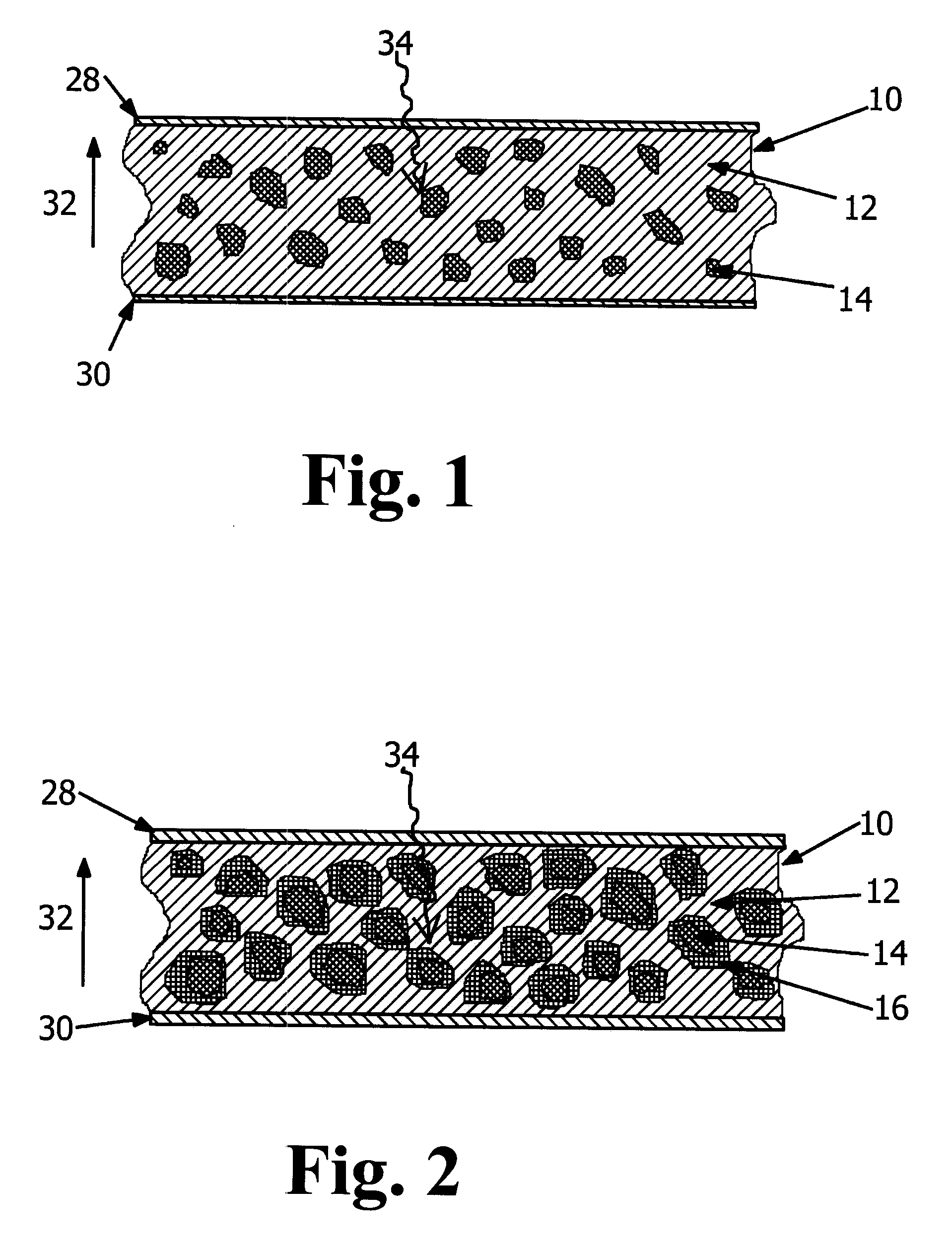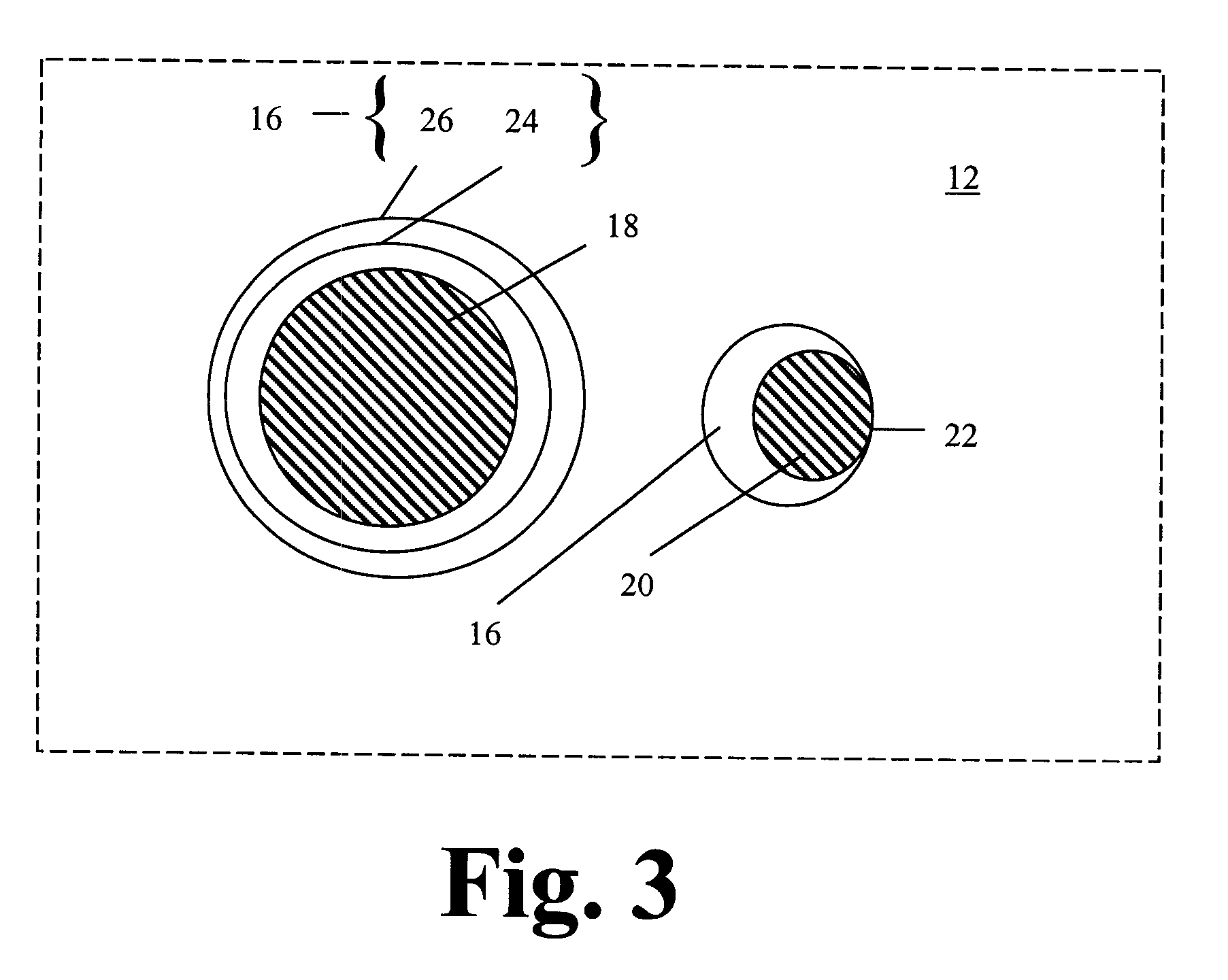Radiation Detector Assembly, Radiation Detector, and Method for Radiation Detection
a radiation detector and assembly technology, applied in the direction of x/gamma/cosmic radiation measurement, instruments, semiconductor devices, etc., can solve the problems of reducing the detection efficiency of high-energy gamma rays, affecting the detection accuracy of gamma ray detection, etc., to achieve the effect of improving the detection capability
- Summary
- Abstract
- Description
- Claims
- Application Information
AI Technical Summary
Benefits of technology
Problems solved by technology
Method used
Image
Examples
Embodiment Construction
[0043]While specific embodiments of the radiation detector of the invention are described below, the discussion is not intended to be limiting of the invention. To the contrary, the description of specific embodiments is intended to illustrate the broad scope of the invention. As a result, any discussion of particular embodiments is intended to be exemplary only. It is understood that those skilled in the art may appreciate variations and equivalents of the embodiments described herein. Those variations and equivalents are intended to be encompassed by the scope of the invention.
[0044]FIG. 1 provides a partial cross-sectional side view of one composite layer 10 contemplated for use within the radiation detector of the invention. The composite layer 10 includes a composite material consisting of a host matrix 12 of a semiconducting polymer (such as plastic), in which nanoparticles 14 are embedded.
[0045]A nanoparticle 14 is defined, inter alia, as a sufficiently small quantity of a ma...
PUM
 Login to View More
Login to View More Abstract
Description
Claims
Application Information
 Login to View More
Login to View More - R&D
- Intellectual Property
- Life Sciences
- Materials
- Tech Scout
- Unparalleled Data Quality
- Higher Quality Content
- 60% Fewer Hallucinations
Browse by: Latest US Patents, China's latest patents, Technical Efficacy Thesaurus, Application Domain, Technology Topic, Popular Technical Reports.
© 2025 PatSnap. All rights reserved.Legal|Privacy policy|Modern Slavery Act Transparency Statement|Sitemap|About US| Contact US: help@patsnap.com



